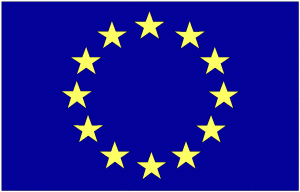The team at the University of St Andrews has recently been further developing the user interface for the Serums Project. This is where the ‘client application’ is developed and tested and integrations such as the creation of a novel secure picture password is established and showcased to volunteer members of the public to test the usability and security of the process. The SHCS proxy server (Smart Health Centre System) consists of a data lake, combining fabricated patient data from examples provided by our partner hospital sites. Aspects of the system such as blockchain based filters to control which data is accessible to whom and when are devised from here. Other aspects, such as the user verification process are also tested and improved within this system.
The team at the University of St Andrews have recently been further developing the user interface for the Serums Project. This is where the ‘client application’ is developed and tested and integrations such as the novel secure picture password is showcased to volunteer members of the public to test the usability and security of the process. Once the Serums pilot project is completed, real patient data will be used in place of fabricated data. Aspects of the system such as blockchain based filters to control which data is accessible to whom and when are devised from here. Other aspects, such as the user verification process are also tested and improved within this system.
A major novelty of the Serums system is the patient led creation of a ‘picture password’ authentication system, developed by the University of Cyprus – where patients create their own authentication by recording a series of motions on a touch sensitive image which holds some relevance to them (such as their hospital waiting room or main entrance). This could comprise of a finger swipe, dot or circular motion to indicate a chair they may have sat in, the location of a favourite café or the corridor leading to their doctor’s office.

